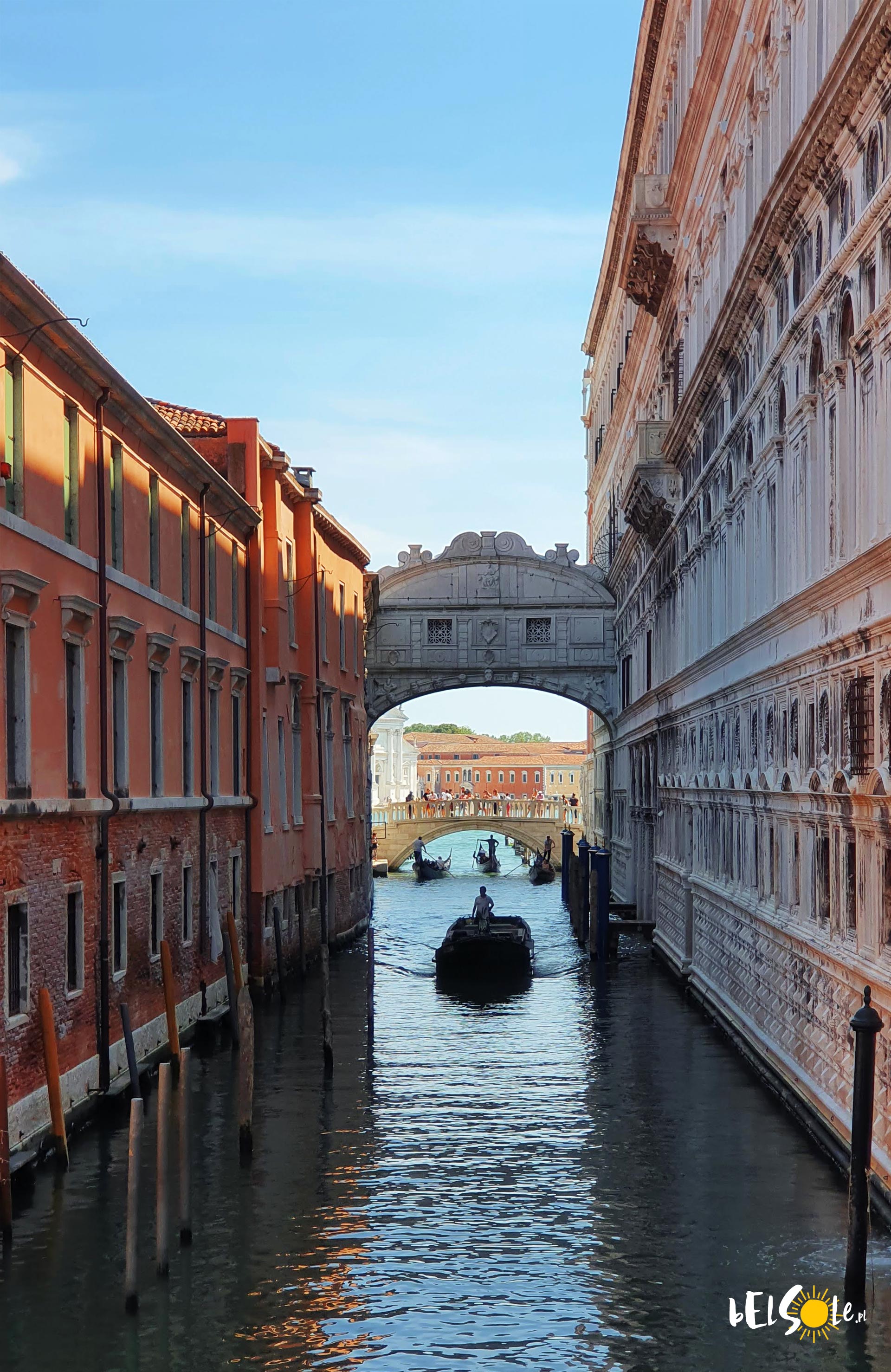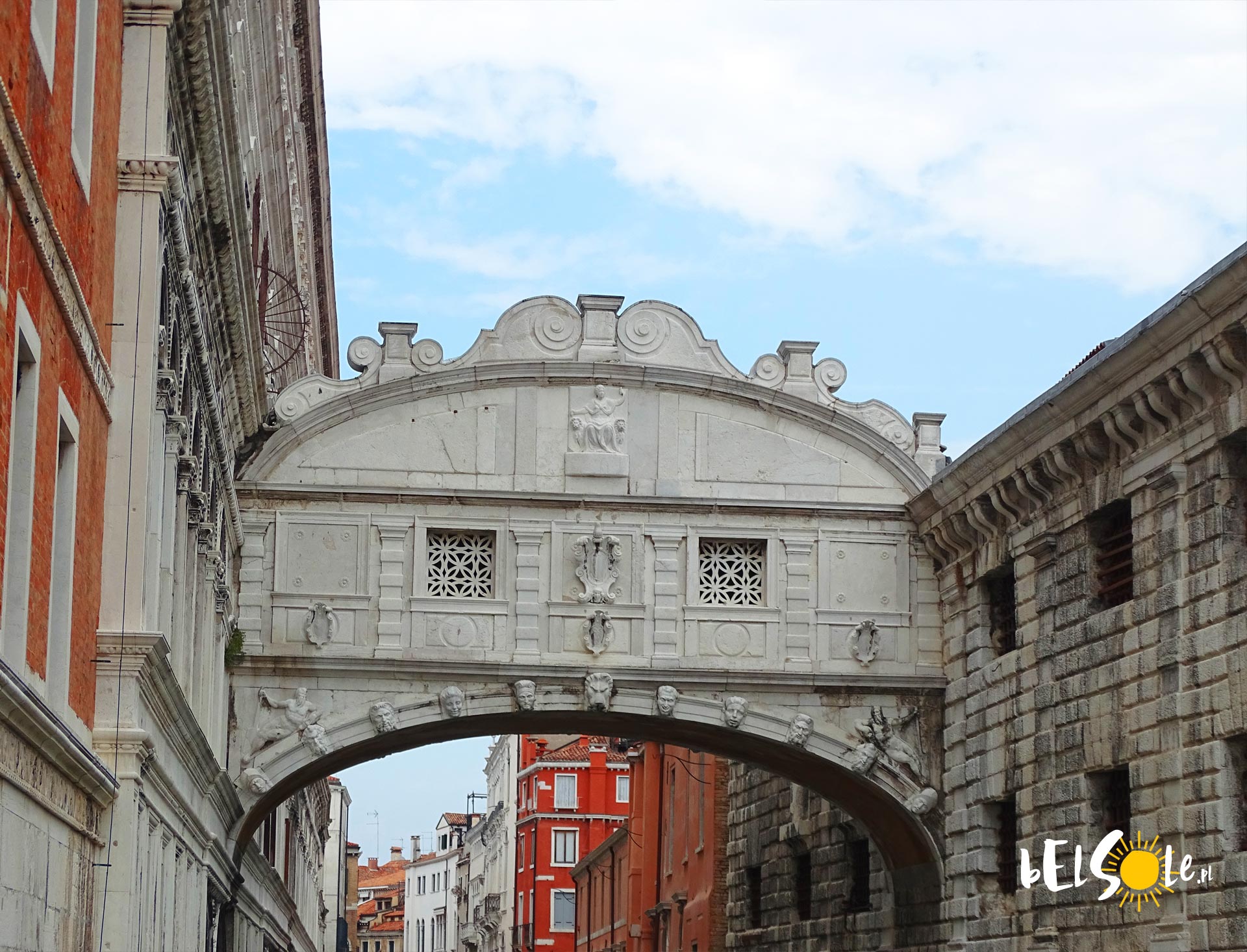Though the most famous bridge in Venice is the Rialto Bridge, it‘s scarcely the only one worthy of note. The other iconic one is the Bridge of Sighs. What’s it about? What’s the story behind it and its name? All of that today, in brief form.
Bridge of Sighs
The Ponte dei Sospiri, or the Bridge of Sighs, is a white limestone bridge built in 1603. It’s a covered bridge, located near the famous Piazza San Marco. It connects the former Piombi prison with the Doge’s Palace. The convenient location and the charming aesthetic have made it into one of the biggest tourist attractions in Venice.
But why is it the Bridge of Sighs? You may think it’s because of the legend that if lovers kiss on a gondola when crossing under the bridge at sunset, their love will bloom forever. Bollocks to that, my dears – it’s about prison. The story is thus. The bridge was supposedly used to transport convicts to their cells, meaning the bridge would effectively be the last window of opportunity to see both the outside world and the beautiful Venice. Upon the sight, convicts would sigh, as the weight of reality would come down upon them in that moment.
A great backstory for a bridge, isn’t it? The English name was popularised by Lord Byron in the 19th century. Today, you may recognise the name from various art pieces and artists (like the album Bridge of Sighs from Robin Trower, for instance).
Forgive our cynicism for a moment, though, as there’s an issue. The basis of the legend is that the convicts who would pass through the Bridge of Sighs were usually sentenced for life, so the bridge was genuinely the last time they could see the outside world. By the time the bridge was built, though, life sentences were mostly a thing of the past. Instead, the prison here was usually for people confined for short periods of time for minor offences, so the sigh was merely an ‘eh’ at best. Additionally, the view from the bridge was literally nothing special, so there was nothing to sigh at in the first place.
As such, as lovely as it is, the legend of the bridge does not seem to hold up. There’s always the gondola, though.
See also:








